What are the parts of a hand sander? |
||||
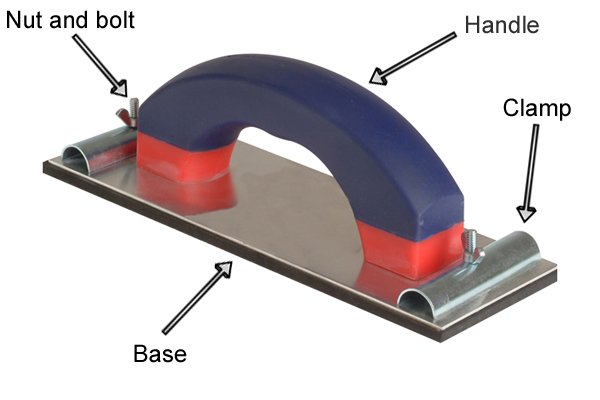 |
||||
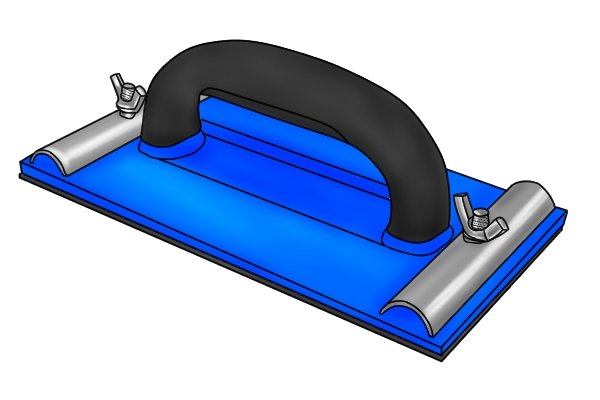 |
A hand sander is often very simple in design. All models are similar in appearance, and consist of a base, a handle and two clamps. Below is some more information on each individual part. | |||
Base |
||||
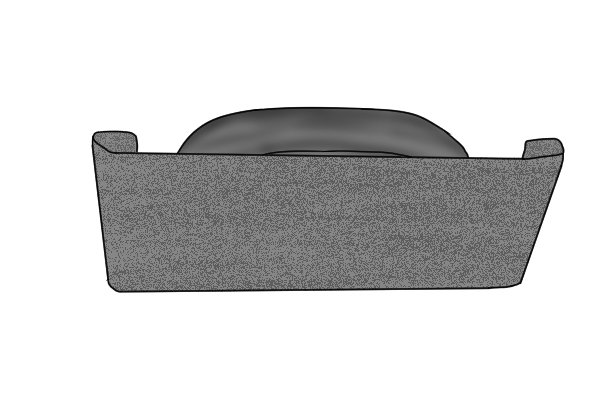 |
The base can also be referred to as the sanding surface or sanding pad. It is made from foam and has a flat, wide surface which is covered with sandpaper when in use. | |||
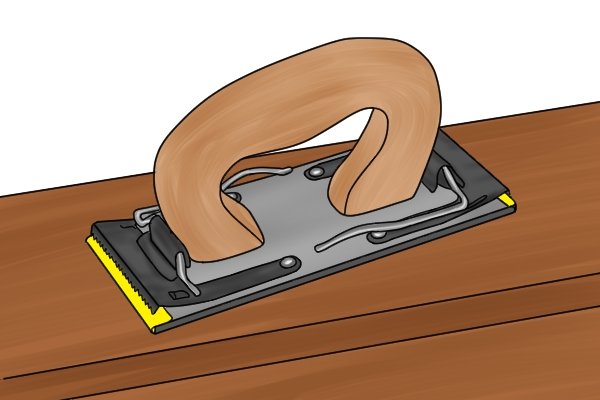 |
The size of its surface eases the task of sanding by allowing the user to cover a greater area with less effort. | |||
Clamps |
||||
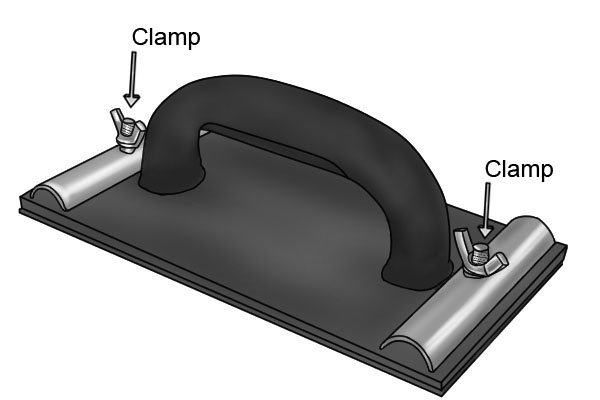 |
A hand sander has two clamps, one either side of the sander head. | |||
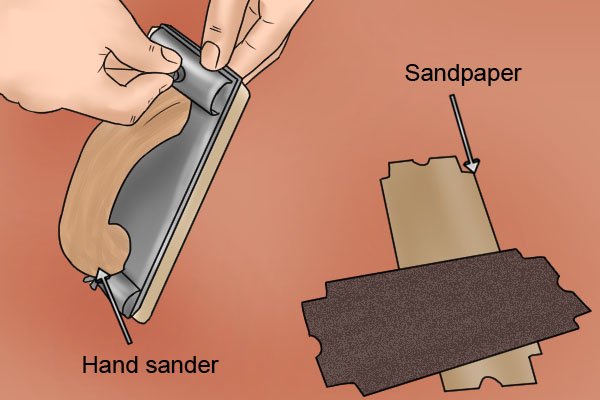 |
The clamps work together by holding the sanding sheet or sandpaper in place on the base when the tool is in use. | |||
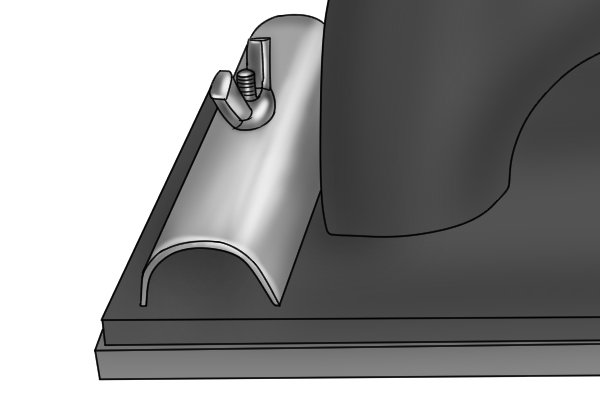 |
The type of clamp that a hand sander may have can vary. Most models commonly have a winged nut and bolt design, whereby the nut is tightened to keep the sandpaper in place. However, models which hold the sandpaper in place using clips or fabric hook and loop fasteners (including Velcro®) are also available. On some models, the handle is used to clamp the sandpaper. | |||
Handle |
||||
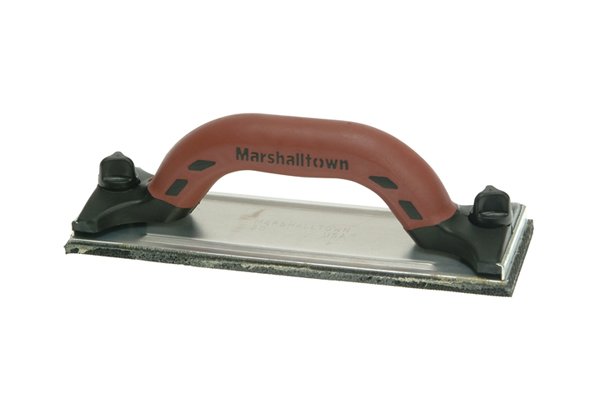 |
A hand sander generally has an arched handle for the user to grip on to. | |||
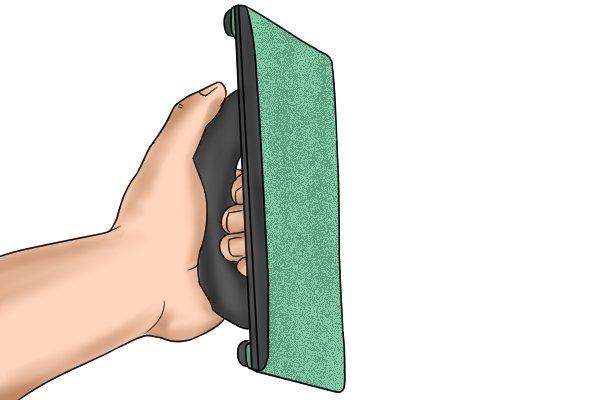 |
This type of handle is usually ergonomically designed, in order to reduce user fatigue and discomfort when sanding for long periods of time. | |||
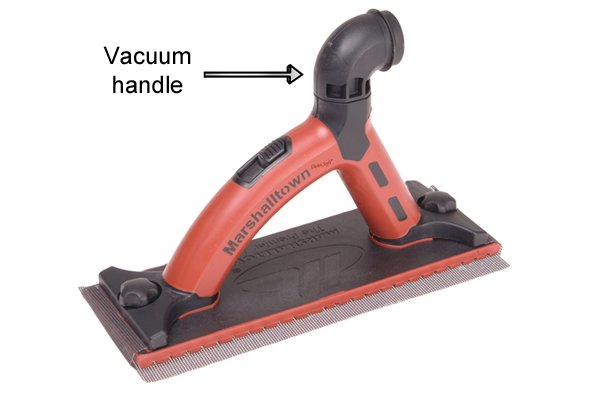 |
Some hand sanders are designed with a vacuum handle which can be attached to a hose for dust extraction. The hose is connected to a vacuum machine, which sucks up any loose particles when switched on.
For more information, see What is a hand sander with dust extraction? |
|||






